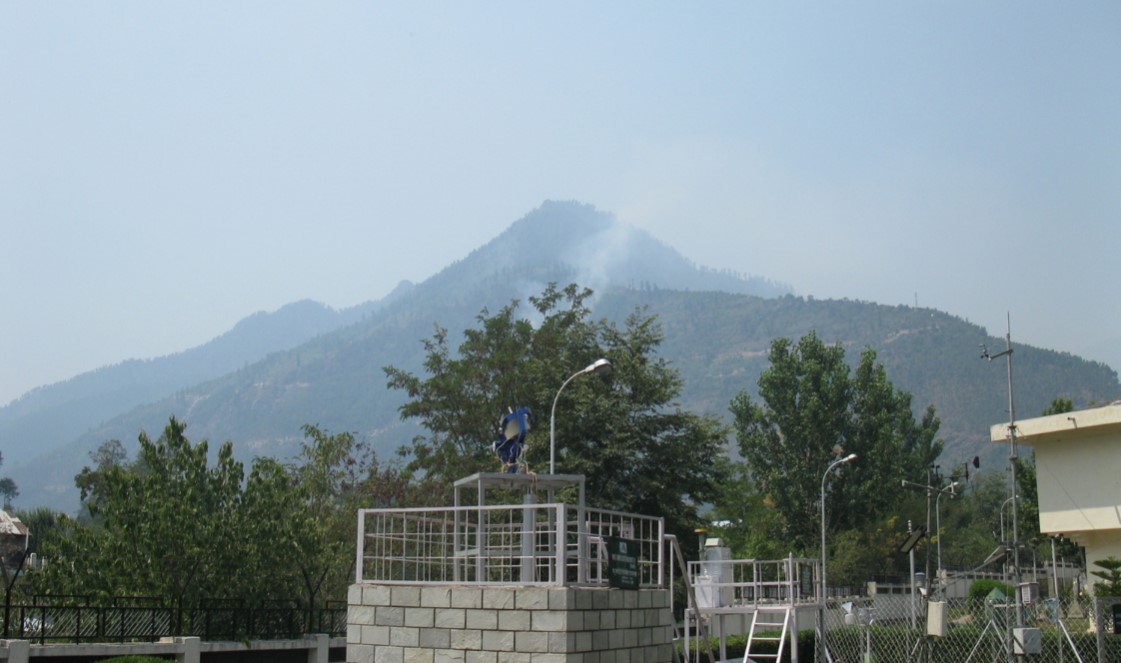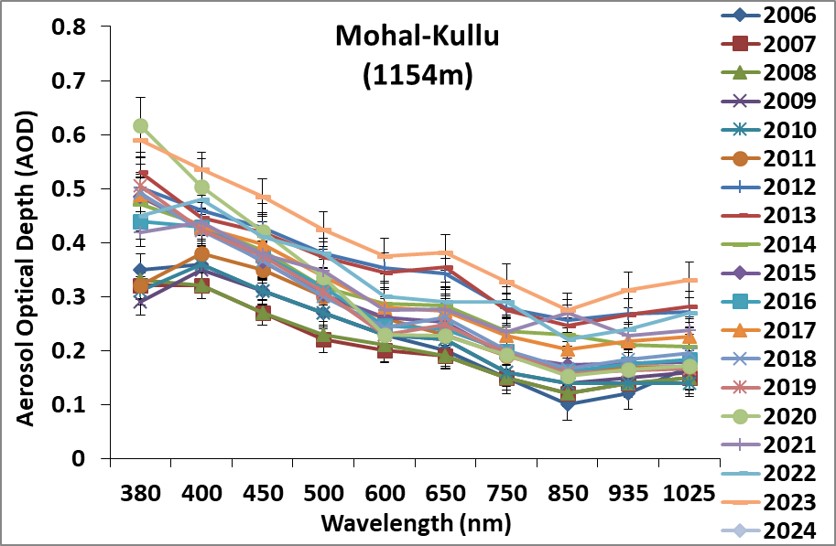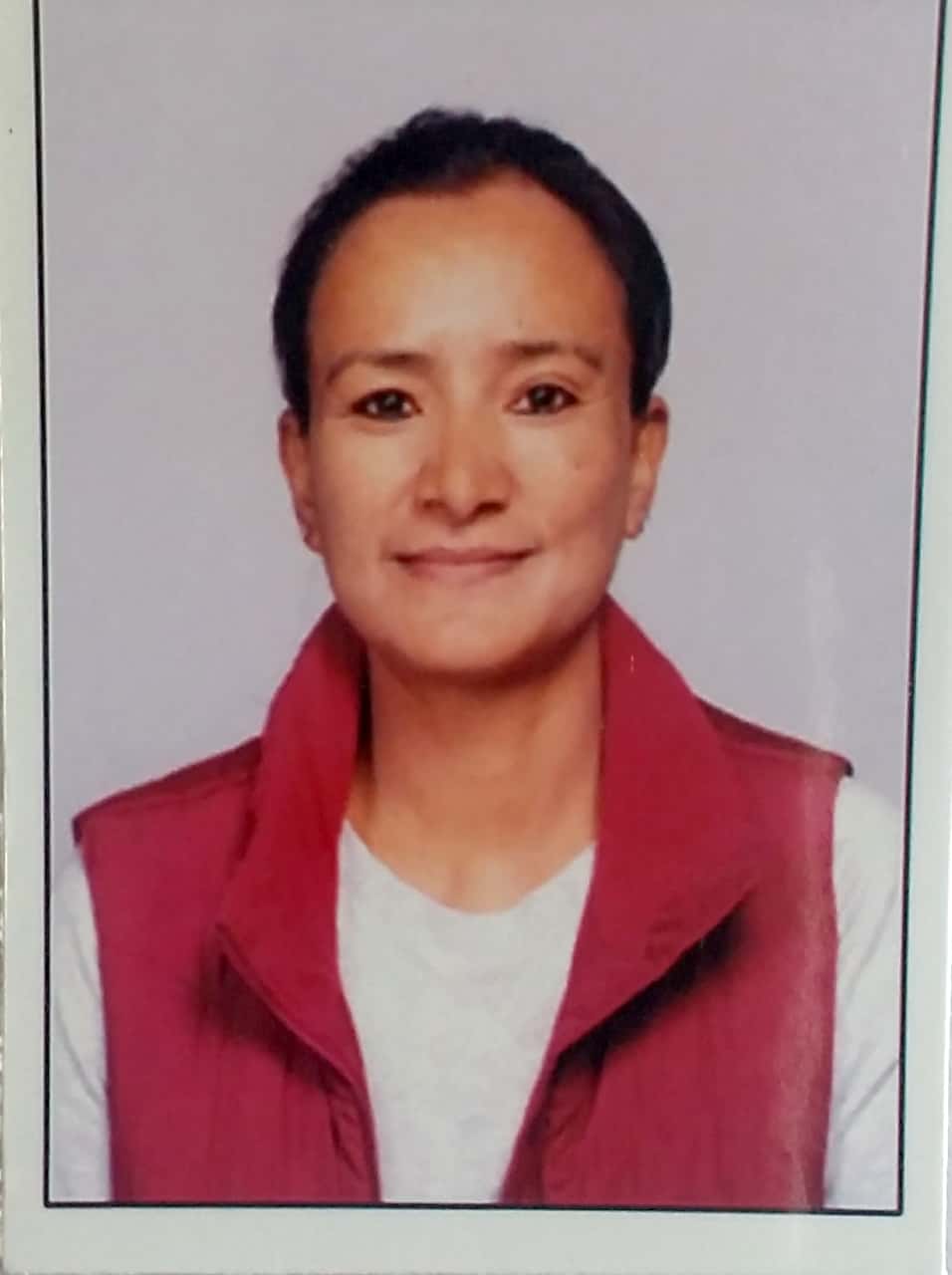Aerosol climatology over the north-western Indian Himalayan region, Himachal Pradesh
Climate change is one of the most critical challenges facing our planet, and aerosols play a significant role in influencing it. The northwestern Himalayan states such as Himachal Pradesh and Uttarakhand have been increasingly affected by anthropogenic emissions in recent decades, largely due to rising tourist influx and growing local populations. These emissions are altering the Himalayan climate and accelerating glacier retreat. Depending on their optical properties, aerosols influence the Earth’s radiation budget by either scattering solar radiation back into space, thereby exerting a cooling effect, or by absorbing incoming radiation, leading to atmospheric heating. For instance, sulphate aerosols reflect shortwave solar radiation and cool the surface, whereas black carbon emitted from incomplete combustion of fossil fuel, biofuel, and biomass absorbs radiation, warms the lower atmosphere, and enhances global warming. Deposition of black carbon on snow and ice further reduces surface albedo, leading to faster melting, glacier retreat, reduced snowpack, rising temperatures, and altered precipitation patterns in the Himalayas. Besides climate impacts, aerosols at high concentrations also pose serious health risks, particularly respiratory disorders. Under ISRO-ARFI, the status of aerosols in topographically fragile and ecologically sensitive Himalayan region has been examined. Measurements of black carbon aerosols were conducted using Aethalometer models AE-31 and AE-33 (Magee Scientific, USA). In addition, aerosol optical depth (AOD) was determined using a Multi-Wavelength Radiometer (MWR) and Microtops II Sun Photometer at observational sites including Mohal-Kullu and Kosi-Katarmal.
The findings highlight significant variability in aerosol characteristics, underlining their direct role in shaping regional climate processes and their broader implications for both the environment and society.
Objectives:
1. To obtain variations under clear, partially clear, and hazy sky day conditions in aerosol optical depths (AODs) at UV, visible, and NIR spectrums (380-1025 nm) using Multi-Wavelength Radiometer (MWR) and Microtops-II sunphotometer,
2. To obtain Black Carbon Aerosol concentrations on land and glaciers using Aethalometer.
3. To relate AODs with the meteorological parameters with the help of Automatic Weather Stations (AWS) installed at Mohal, and
4. To estimate Radiative Forcing using different models.
Outcomes:
At Mohal, AOD was found higher at shorter wavelengths, showing strong anthropogenic influence. Mean AOD₅₀₀ increased steadily during 2020–2024, peaking in summer due to intensive tourist activities. Long-term aerosol radiative forcing (2006–2024) indicated surface cooling and atmospheric warming, with values of roughly –18 Wm⁻² at the top of atmosphere, –42 Wm⁻² at the surface, and +24 Wm⁻² within the atmosphere. The valley recorded a heating rate of about 0.7 K day-1, maximum in the pre-monsoon season. BC showed negative correlation with temperature and strong positive correlation with wind speed, suggesting dispersion during warmer periods and atmospheric transport influence.At Katarmal, aerosol characteristics showed similar seasonal patterns with increasing AOD trends between 2019 and 2024. Average radiative forcing values were close to –18 Wm⁻² (TOA), –40 Wm⁻² (surface), and +21 Wm⁻² (atmosphere), corresponding to an atmospheric heating rate of about 0.6 K day⁻¹. During fire events, atmospheric radiative forcing increased by over 20%, highlighting the strong impact of biomass burning on regional climate.

Fig. 1 Air quality monitoring set-up at Mohal-Kullu, Himachal Pradesh




